The Impressionism had his origin in the 1860s and it was affirmed clearly in the Exhibition of 1874.
What is Impressionism
The impressionism constitutes a rupture of the academic canons, opposing them with outdoor painting and the capture of the variations of light and the colours of Nature.
The artists seek to break free of symmetry and geometric concepts, and now obey their own sensory perception at the moment of creation.
The Impressionism is as well, and above all, the affirmation of the freedom of the individual expression of the artist.
It is for this reason that when we define the main features of an Impressionist painting and analyse some works of artists usually integrated in this movement, some difficulty of “definition” may be encountered; some works of artists defined as Impressionists do not contain the features that Art History has established for this movement.
But this is after all the essence of the Impressionist movement: individual freedom.
Next, we’ll systematise the main characteristics of impressionism with a few examples
Understanding Surrealist Art
Understanding Abstract Art
Understanding Post Impressionist Art
Impressionism main Features
Let’s take a glance at those which are considered the main characteristics of the impressionism
Capturing the moment
The painting should be able to capture the moment, the instant modelled by light and movement.
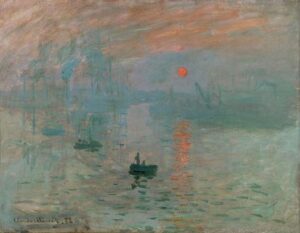 “Impression, Sunrise”, Claude Monet
“Impression, Sunrise”, Claude Monet
Light and colour
Figures change depending on the time of day and the incidence of light.
A series of paintings by Claude Monet with the same landscape at various times of the day are well-known for this.
 Houses of Parliament, London Claude Monet
Houses of Parliament, London Claude Monet
Outdoor Painting
The artists favoured painting outdoors, which allowed the capture of the colour variations in Nature. The favoured themes were those around Nature itself, especially landscapes.
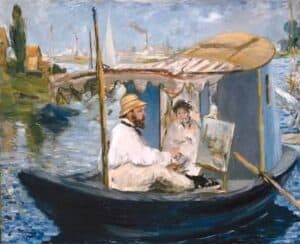 “Monet painting in his boat”, Edouard Manet
“Monet painting in his boat”, Edouard Manet
Absence of drawing
Figures should not have clear edges, because the line is an abstractionof the human being used to represent images.
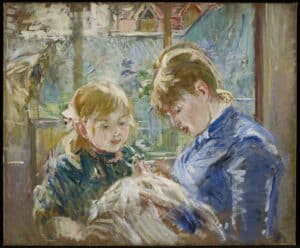
Berthe Morisot, 1841 – 1895; The Artist’s Daughter, Julie, with her Nanny; c. 1884;

Details of the contours of the figures without drawing
Shadows
These should be bright and colourful, mimicking the visual impression that they cause on us; and not be represented as dark or black. The absence of black is another of the characteristics identified with the Impressionist painting.
Thus, the contrasts of light and shade must be obtained using complementary colours and not the light/dark “game”.
Colours
Colours and tones should not be obtained by mixing paint on the palette. They must be pure and dissociated on the canvases with loose strokes. The construction of the tones and colours becomes fundamentally a game of optics.
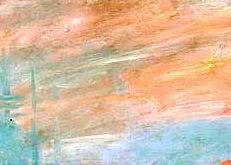
About the 1874 exhibition
With the appearance of a painting still to be completed and themes ranging from nature to the habits of everyday life, Impressionism is the first great avant-garde movement in modern art.
The story of the movement is one of the most interesting in the history of art:
in 1874, a group of artists, including Claude Monet (1840-1926), Auguste Renoir (1841-1919) and Camille Pissarro (1830-1903), organised an exhibition on the second floor of the Boulevard des Capucines building, which until then housed the studio of photographer Félix Nadar.
Around 3,500 people visited the exhibition, including art critic Louis Leroy (1812-1885), who was acidic in his comments on the works, especially Monet’s painting Impression, Sunrise. Leroy wrote that any wallpaper was better finished than that painting, in an article called The Exhibition of the Impressionists. And so the group became – and still is – known.
An interesting thing about the Impressionists is that, unlike some other avant-garde movements, they formed a kind of cohesive group.

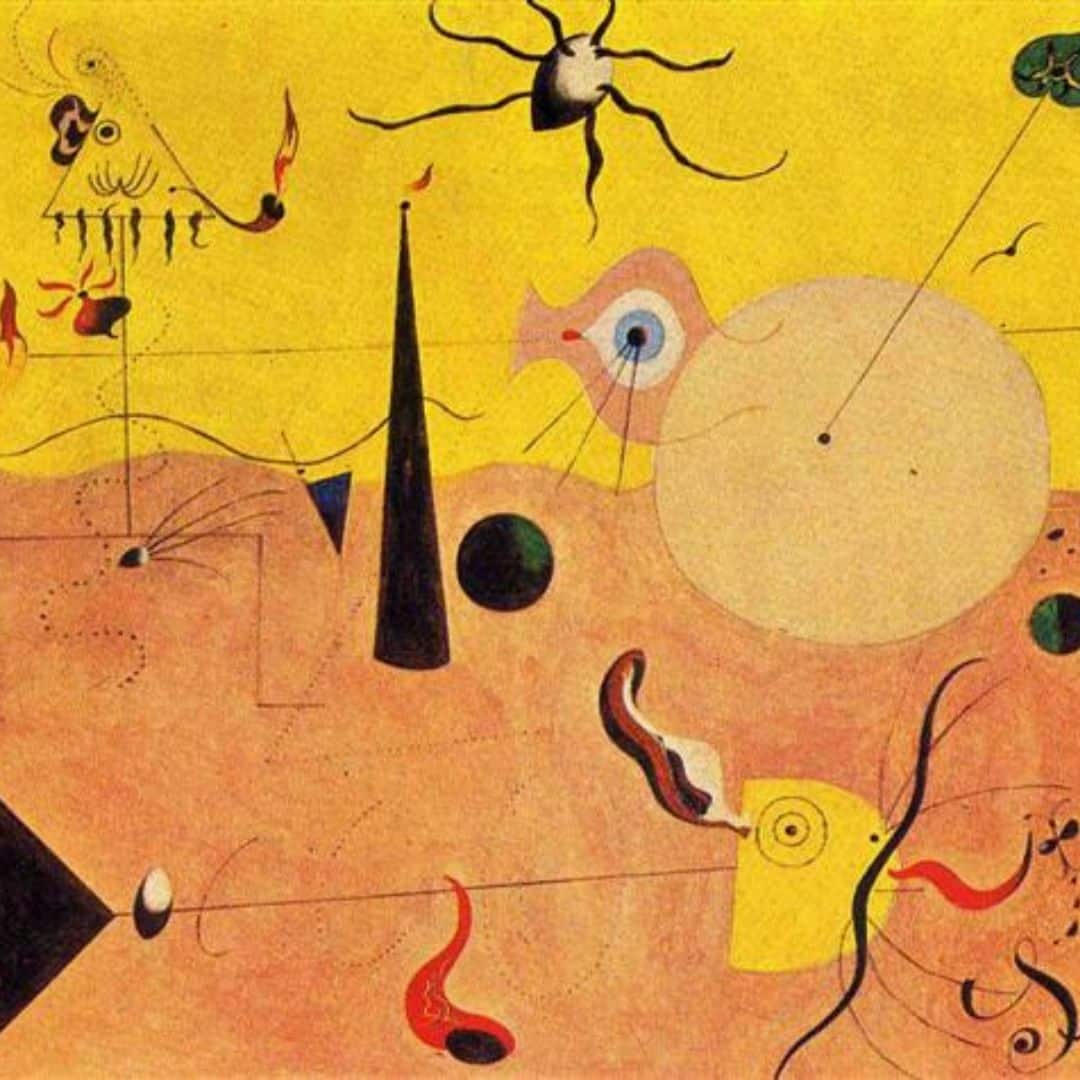
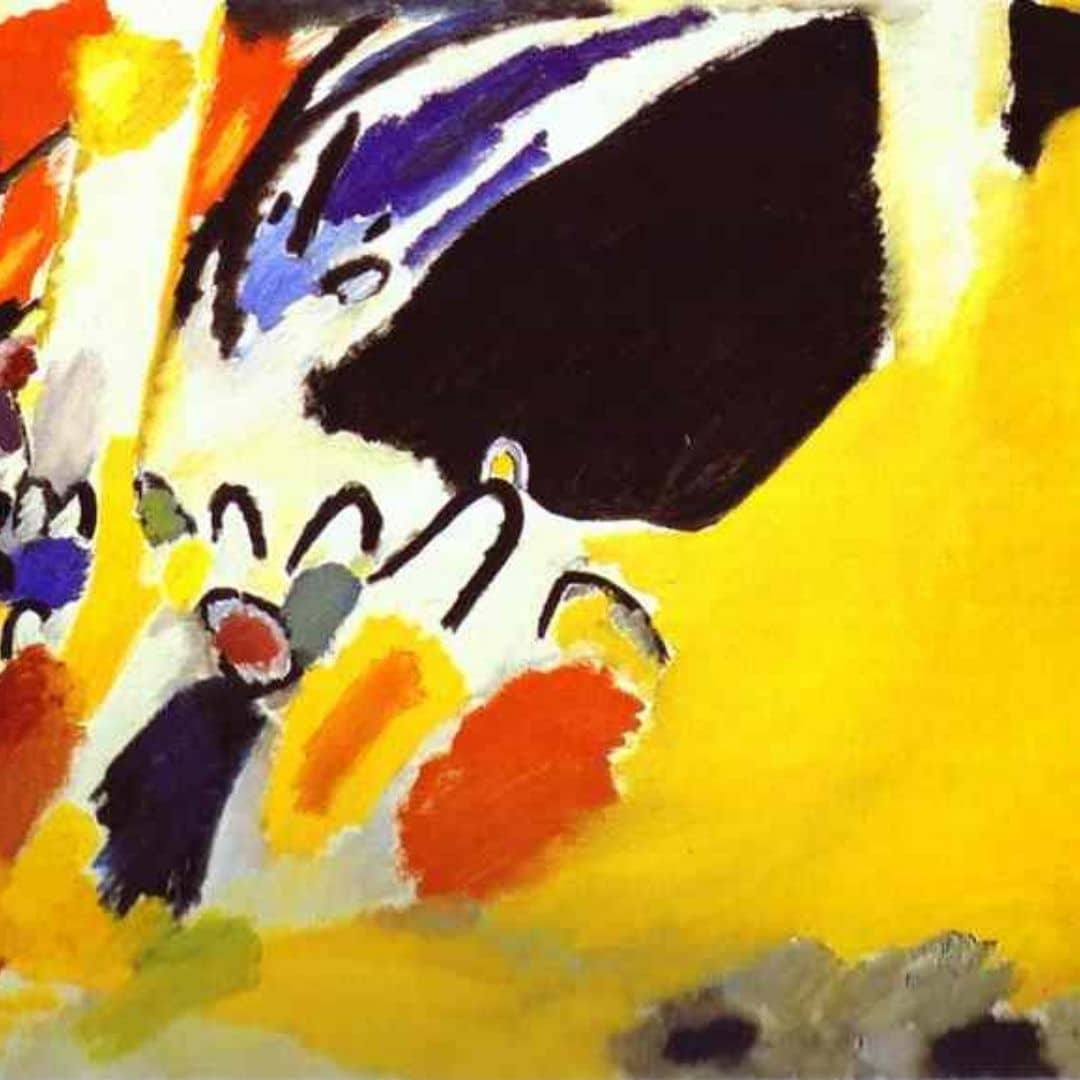
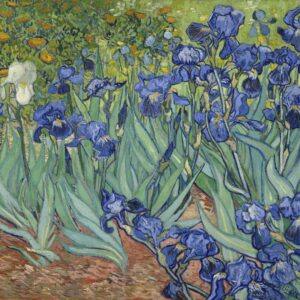
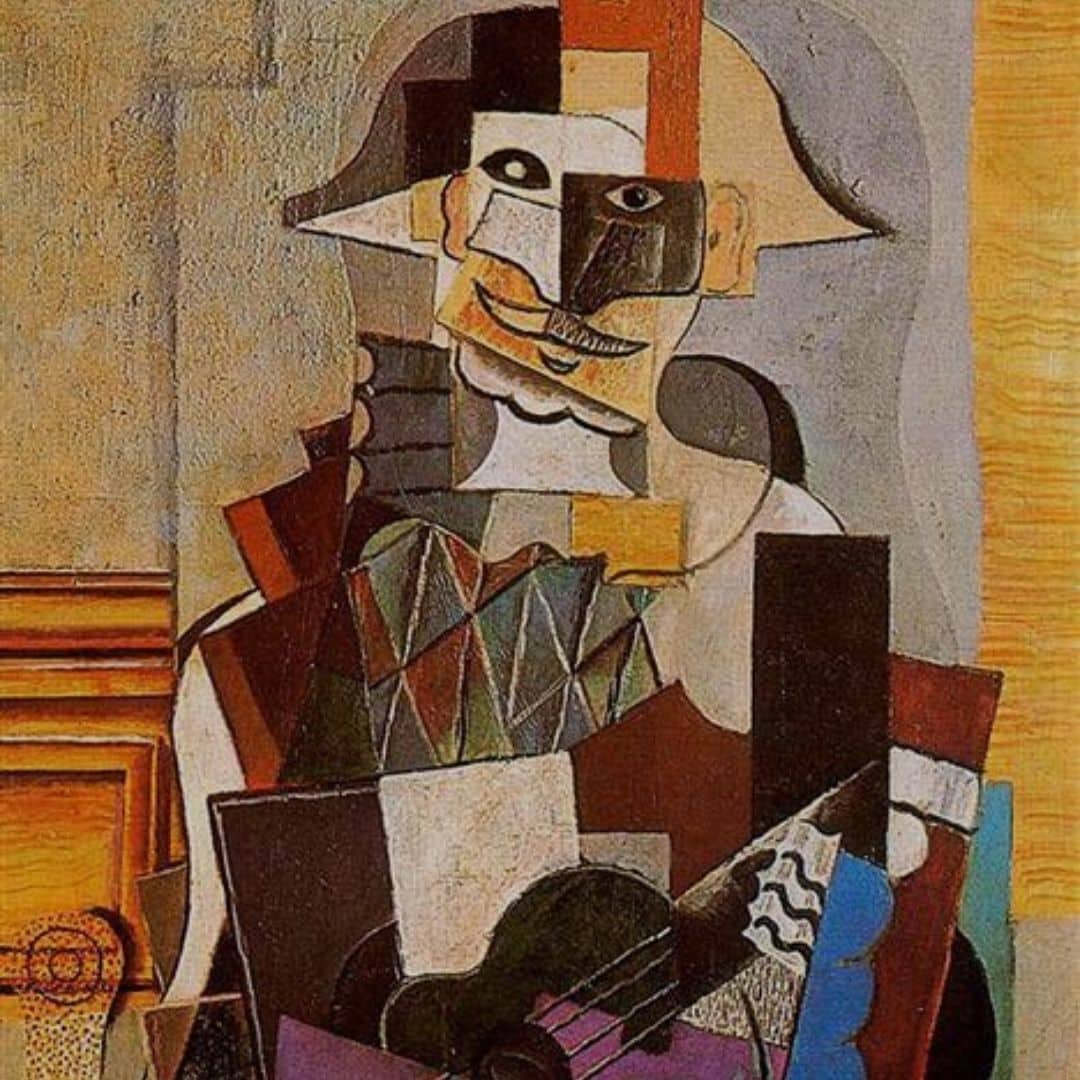
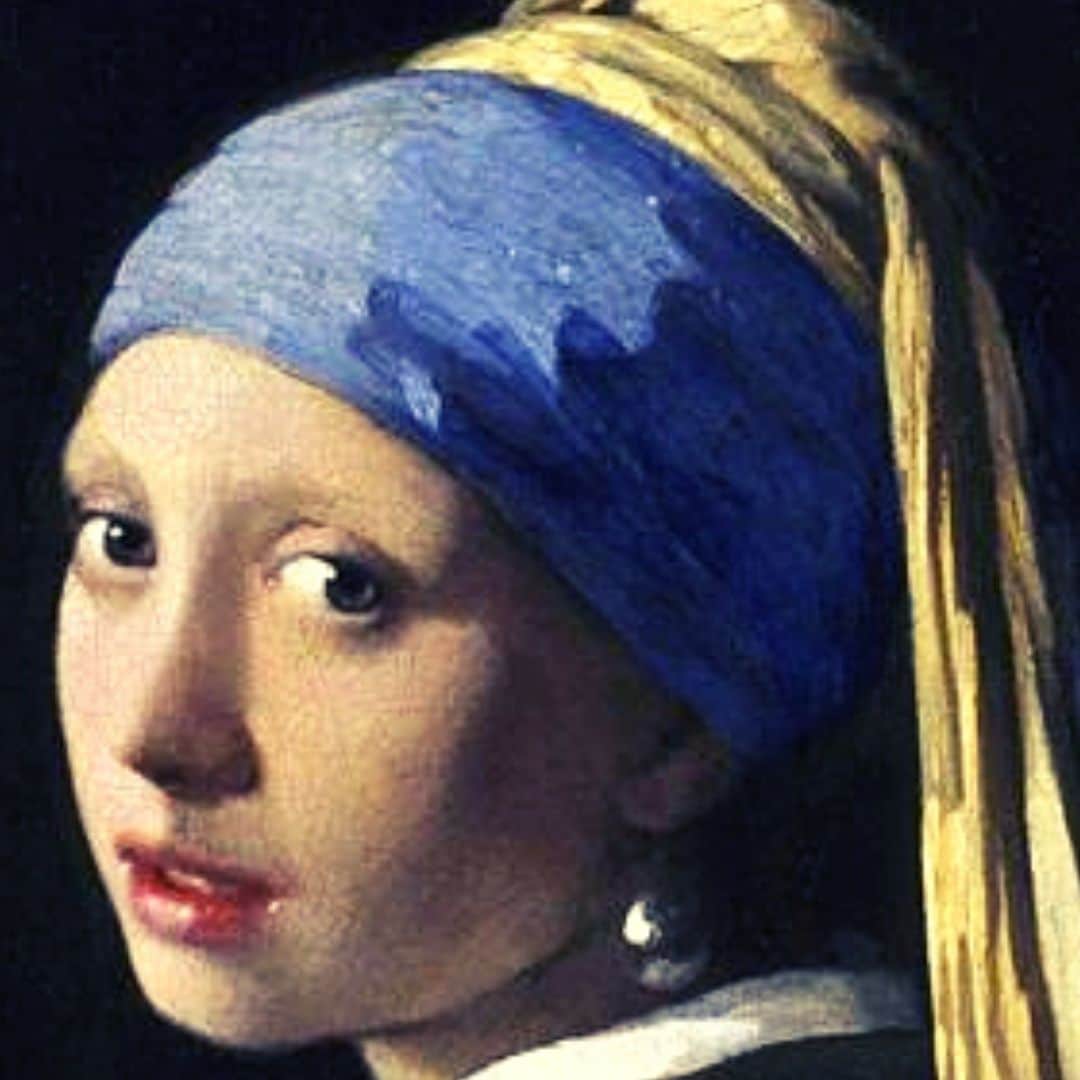
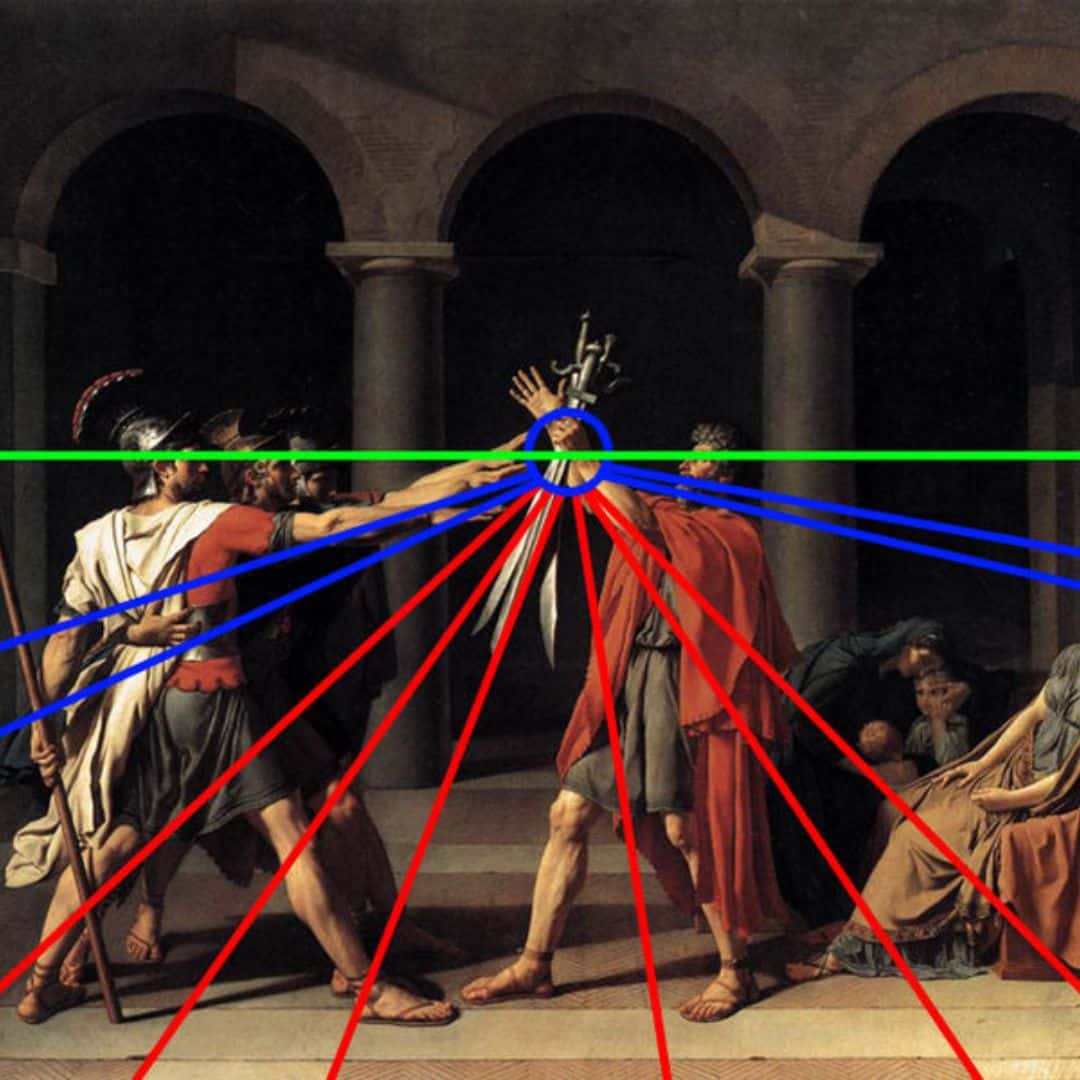
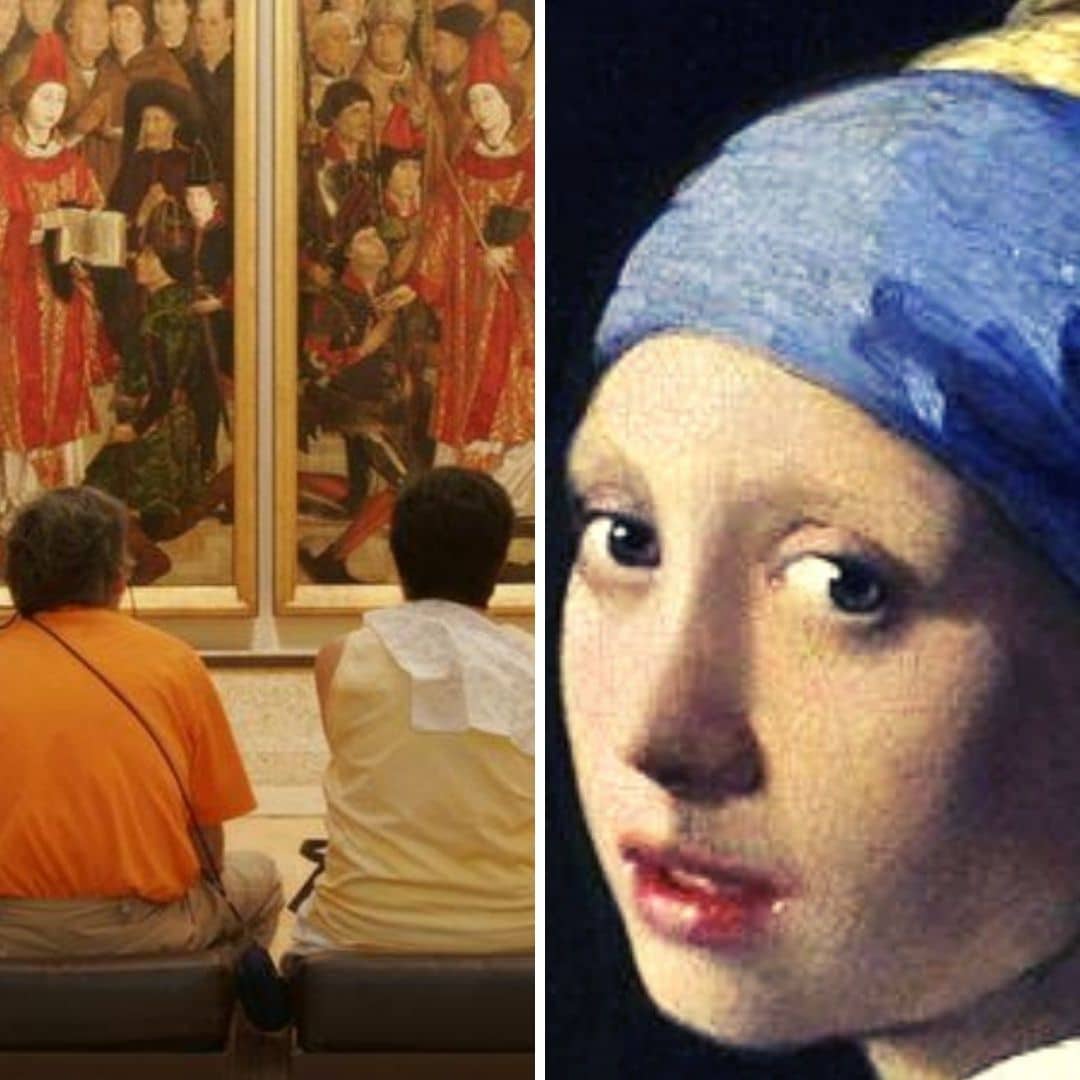
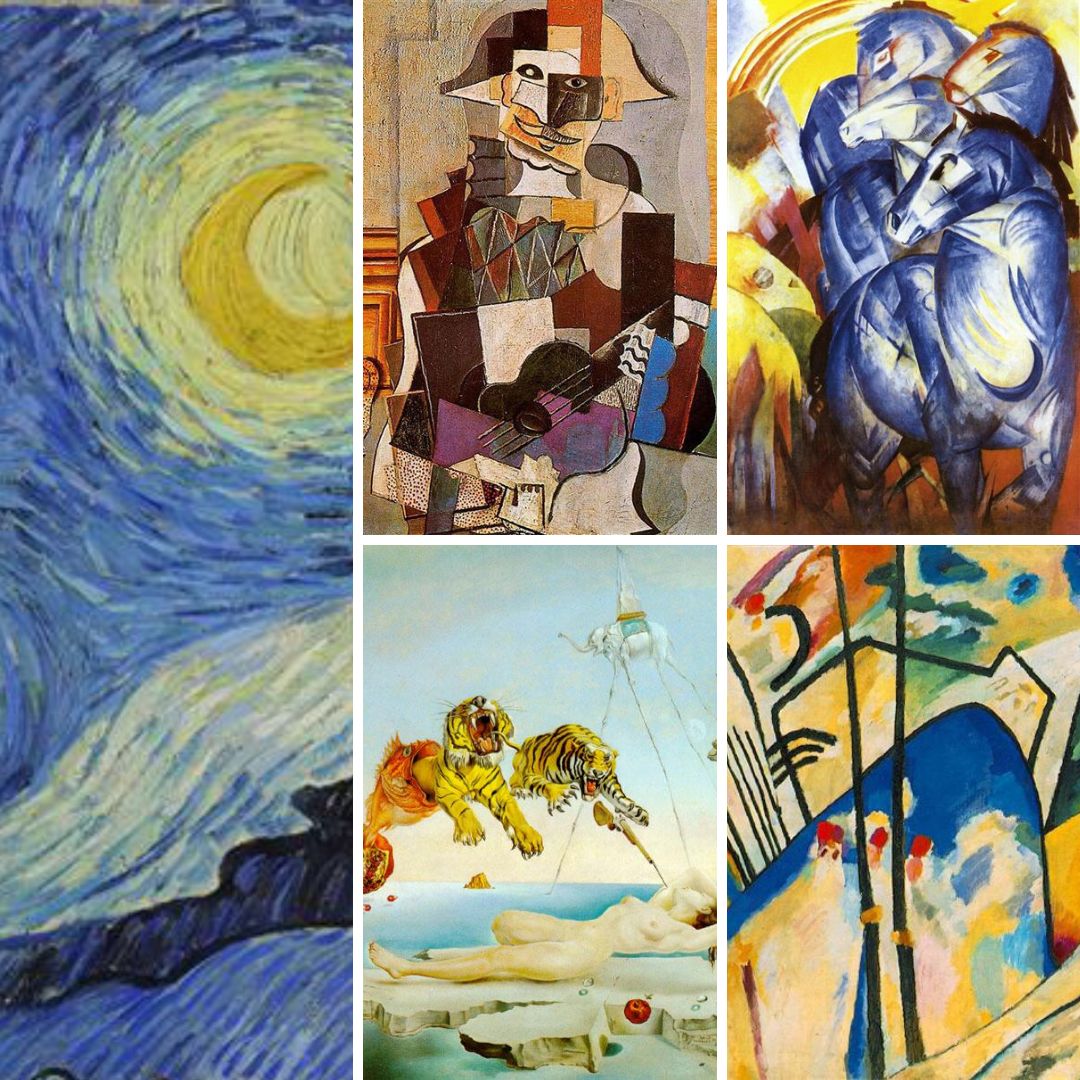
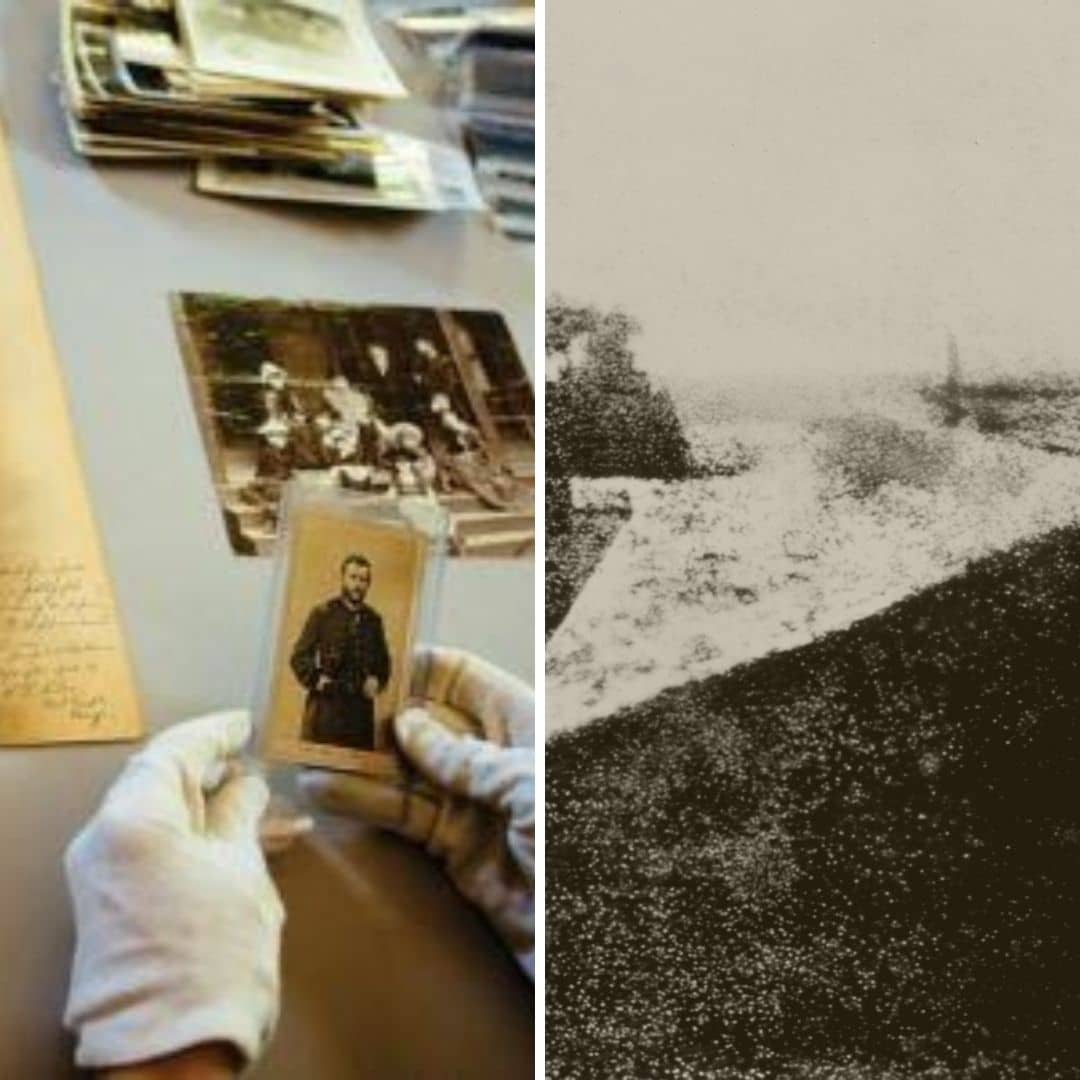
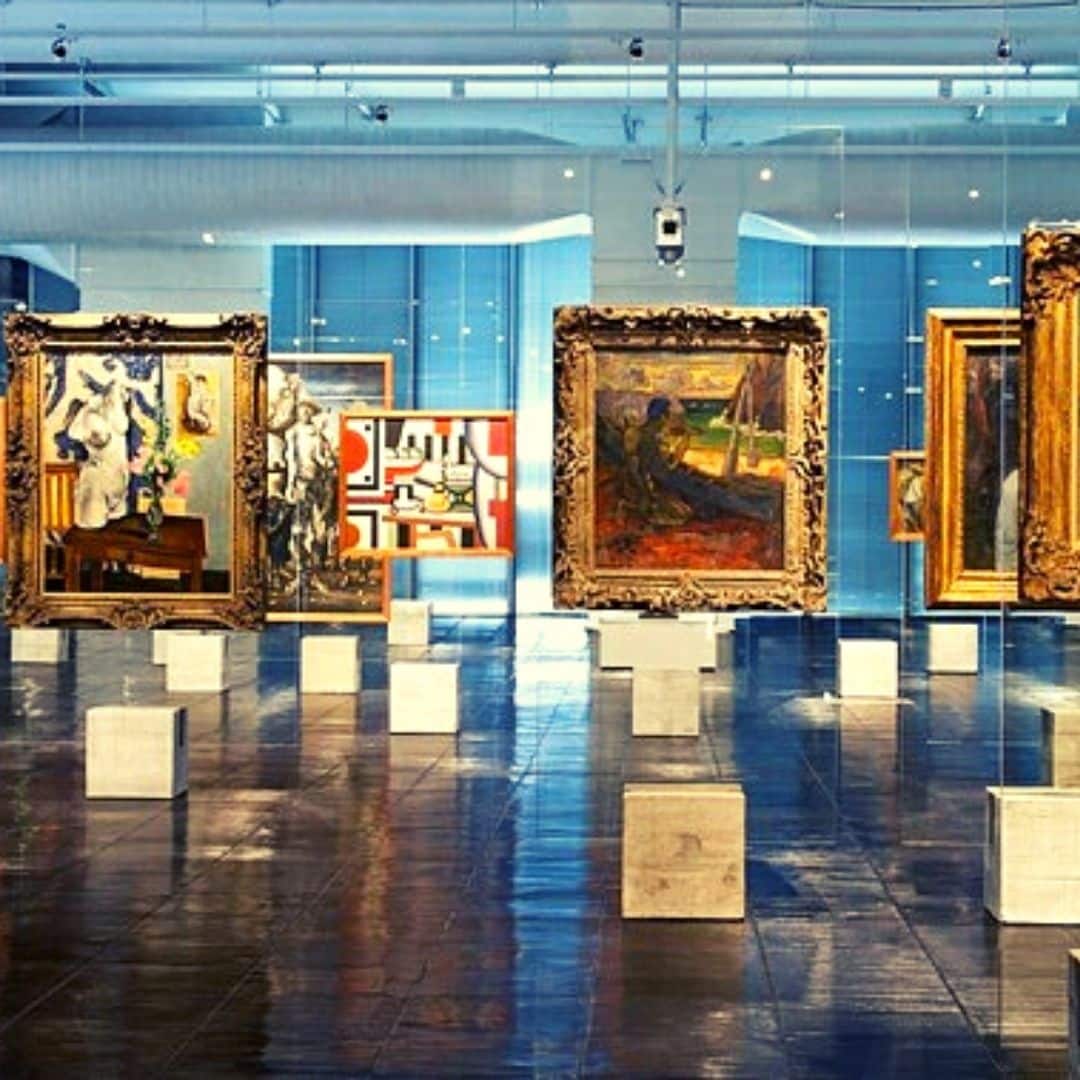
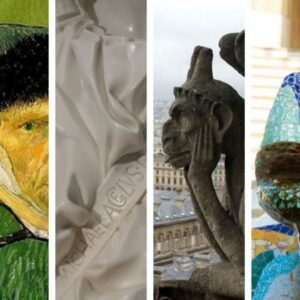

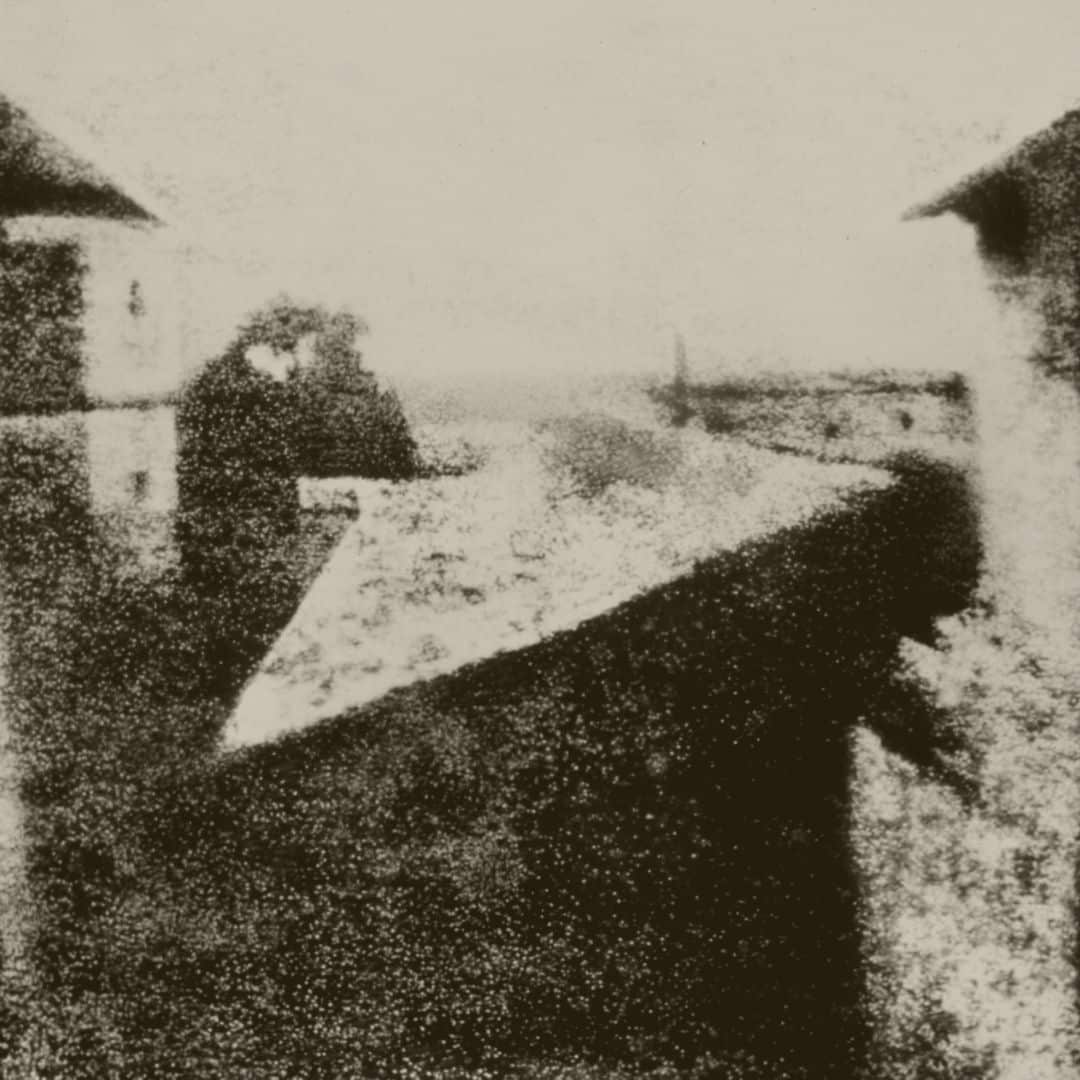
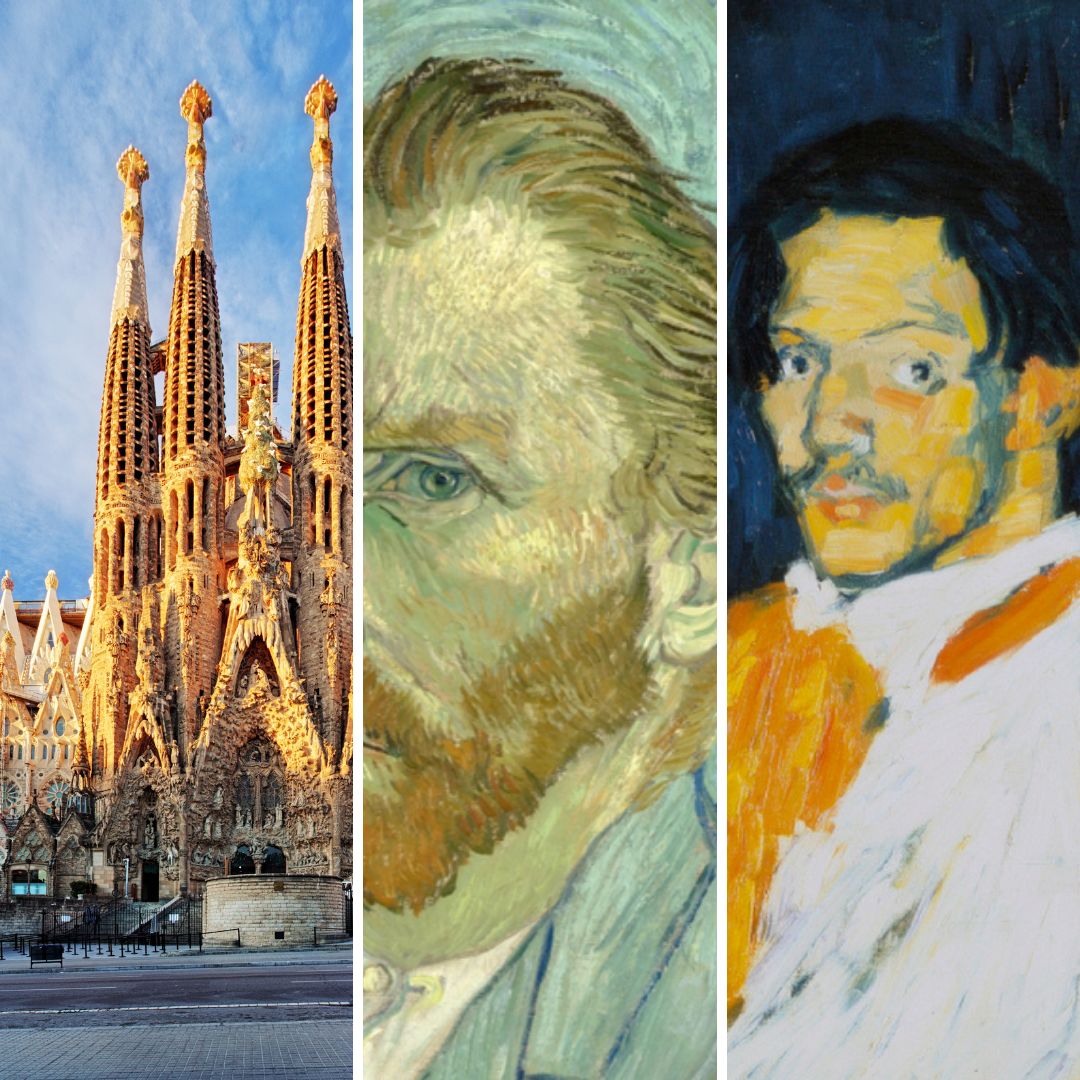
1 Comment.
Everything is very open with a really clear clarification of the challenges. It was really informative. Your site is useful. Thanks for sharing!